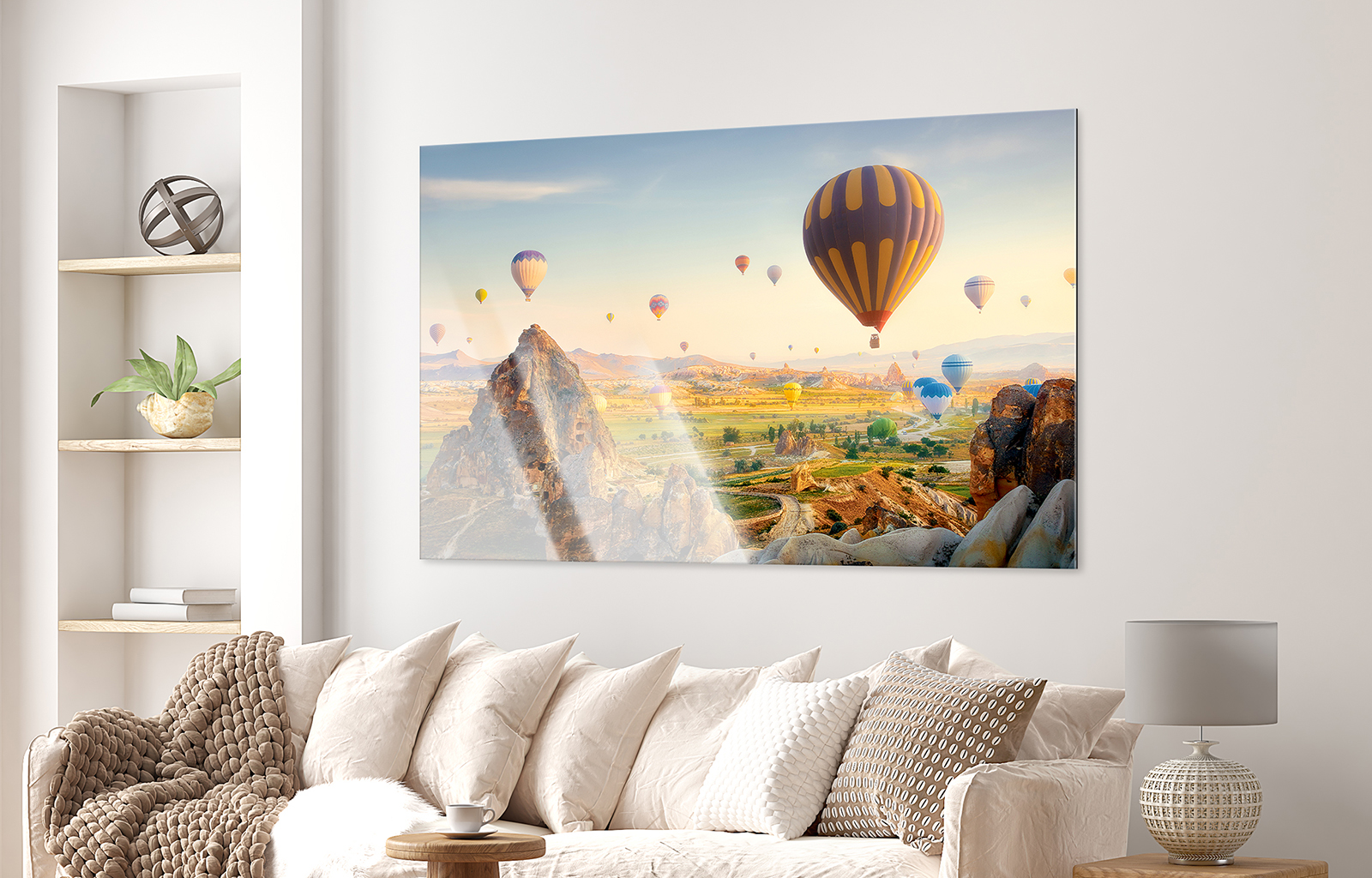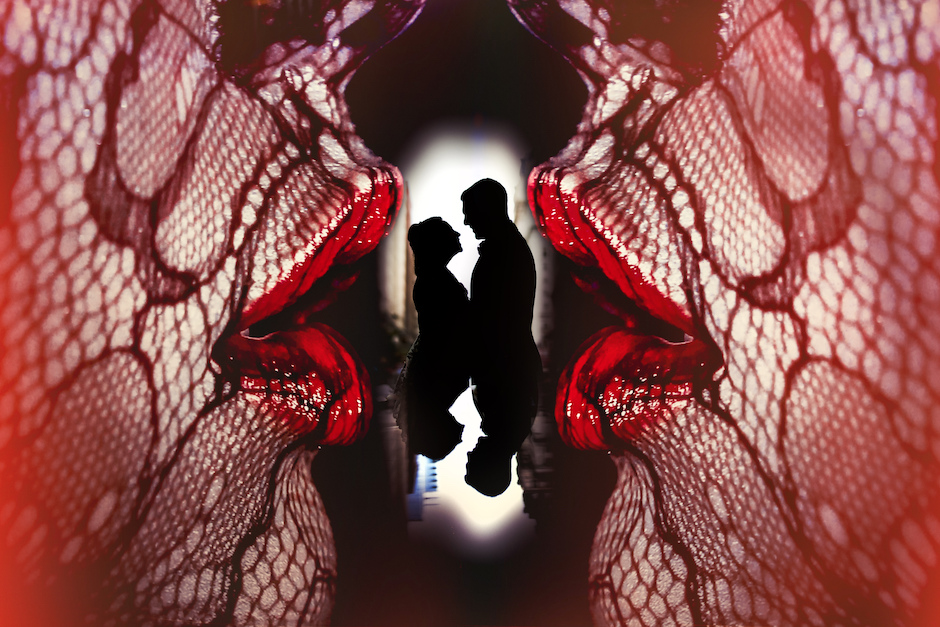Sponsored Post
Carrie Swails is a “Lord of the Rings” fanatic, a nerd and a beekeeper. She’s also a photographer who is changing the narrative about marginalized communities in the wedding industry.

Carrie Swails is unapologetically herself: She’s a professional beekeeper, extremely vocal about her passion for the “Lord of the Rings” trilogy and science fiction films, and she chooses a new color of the rainbow every time she dyes her hair.

“I’ve always been a nerd myself so that’s just what I was attracted to,” Carrie says. When she started her own photography business, she decided to invite other people into her life by sharing details about herself and her quirky interests on her website. (She has a birthmark in her armpit, is a terrible mathematician, uses the word “honestly” too much, puts the toilet paper on the wrong way and dreams of living in a Thomas Kinkade painting.)

Over time, she started attracting the attention of other people who related to her self-described identity as a nerd, specifically a community of people who also felt like they didn’t fit in because they were different than what’s considered “normal” in American society; they never saw themselves represented in pop culture, advertisements and other media depictions of mainstream America. Eventually, Carrie began referring to herself a “photographer for the offbeat.”

According to Carrie, the wedding industry tends to show people of one skin color, one body type or one sexual orientation. Carrie consciously makes an effort to work with underrepresented groups, and seeks out opportunities to photograph couples that embrace, celebrate and take pride in their identities. She loves creating a safe space for couples on their wedding day who never saw themselves fitting the mold for the traditional, cookie-cutter wedding.

For example, she’s photographed a couple who got married while riding on a float in a PRIDE parade, wearing jeans and t-shirts painted with rainbow colors. She’s also photographed brides in black dresses, and everything from renaissance-themed weddings, to a “How to Train Your Dragon” -themed wedding, to pirate-themed weddings.

At a wedding, her first goal is to create tangible images that can act as objects for people to keep and remember for generations. But she’s also added another objective to her work: “I want to use my work as a tool to show diversity as something normal and change the narrative of marginalized communities in the U.S.”

“I have autism, which means my brain is neurodiverse… I think my approach to weddings is less than ‘normal’,” she says. Carrie further explains that people with autism and those on the autism spectrum can be very observant, noticing behaviors that other people might not, and tend to perceive social interactions differently. As an artist with autism, she has been able to use what others might perceive as a difference to her advantage, since being a good wedding photographer requires being a meticulous observer of the smallest details: a stray tear, a fallen rose petal or a guest who has made too many trips to the open bar. “Visually, my work is very different [than that of other wedding photographers] in terms of what I like to capture.”

Carrie also looks for moments when people are enjoying themselves. She stays away from staged work because it isn’t representative of the kind of photographs that she likes, and she also doesn’t want to interrupt organic moments of joy and celebration for the sole purpose of curating a pretty picture. While some wedding photographers choose to take photographs of couples with a sunset backdrop, Carrie prefers to look for moments where a couple is being their truest selves. “I like to capture people laughing together. There’s something magical about looking back at photos of you and your best friend or mom, laughing.”

“The biggest responsibility any image creator has is to put their work out there and try to normalize marginalized communities.”
As a result, Carrie feels a great sense of responsibility to help change the narrative when it comes to underrepresented groups. Carrie hopes that “an image here and there” will help normalize the perception of people who may look different or enjoy different things, and over time, change the perspective of the general public. At the end of the day, there is no “normal,” but there are plenty of things that humans can celebrate together, like love, laugher and epic wedding photos.
Sponsored by Fujifilm. For a chance to be featured on Rangefinger’s social media, share photographs on your Instagram that represent your legacy and use the hashtag #MyFujifilmLegacy.





